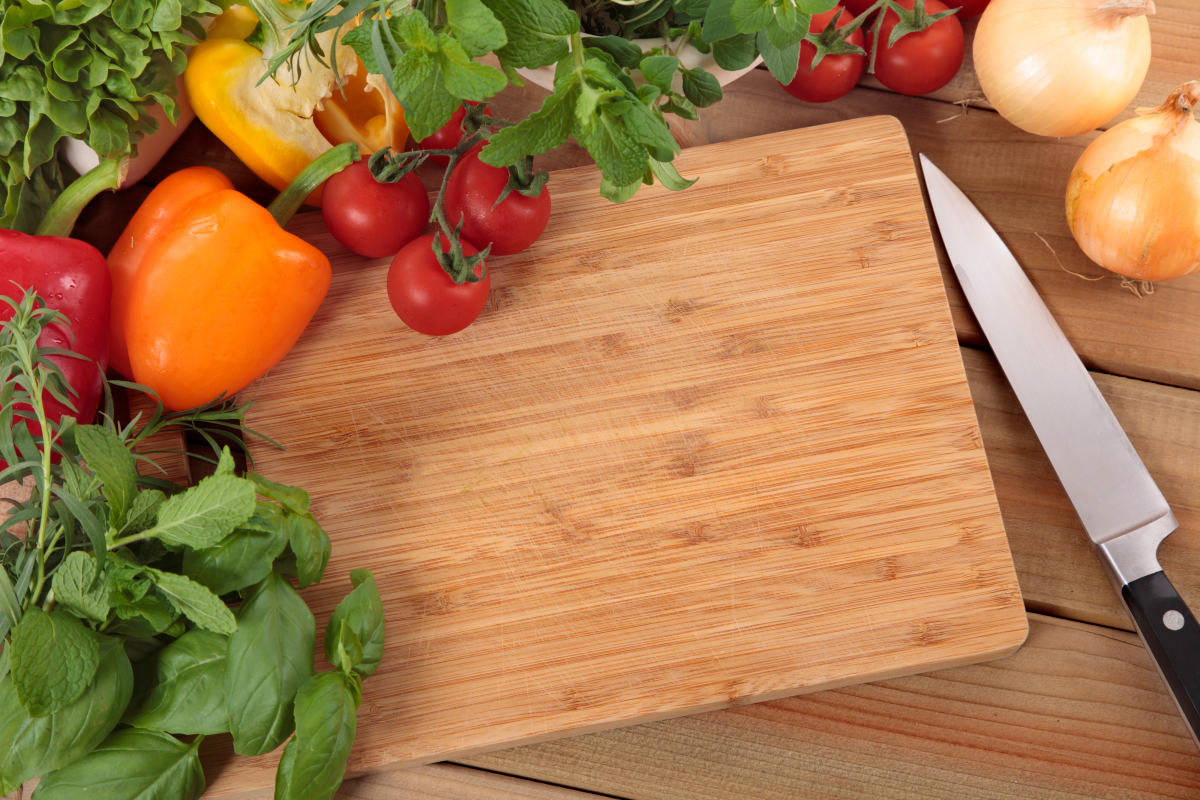Ask the Docs: Your Questions Answered About Diabetic Nutrition.

 CareConnection: How much fat should be included in a diet and what foods are good sources of healthy fats?
CareConnection: How much fat should be included in a diet and what foods are good sources of healthy fats?
Alissa Dougherty MS, CDE, RD, LDN: There is currently no ideal total fat intake for individuals with diabetes. However, this can be discussed on an individual basis with a Registered Dietitian. An eating pattern that emphasizes monounsaturated and omega-3 fats such as avocados, almonds, olives and salmon is recommended, as it may improve glucose metabolism and lower the risk for cardiovascular disease. Trans fats should be avoided, and foods high in saturated fats should be limited to 10 percent of your total fat intake.
CareConnection: Why should sodium be a concern for diabetics?
Alissa Dougherty MS, CDE, RD, LDN: Being aware of the amount of sodium in your meal plan can help you lower or maintain a good blood pressure level. This helps decrease your risk for a heart attack or stroke, which are both common diabetes-related complications. The recommendation is to limit sodium consumption to 2,300mg a day.
CareConnection: What is the best way to keep energy levels up while watching your diet?
Alissa Dougherty MS, CDE, RD, LDN: Pack nutrient dense meals and snacks if you are on the go to help limit making poor choices. Try to be consistent in the timing of meals and snacks, as going long periods of time without food can often leave you tired or overly hungry for your next meal causing you to consume more than you would have before. Make sure that you drink plenty of water throughout the day to maintain hydration. It is recommended for most people to consume eight to 10 eight ounce glasses of water throughout the day. If you are looking to learn more about how to meal plan or what meal plan is right for you, working with a Registered Dietitian is highly recommended.
CareConnection: Are some carbohydrates better for me than others?
Alissa Dougherty MS, CDE, RD, LDN: It is best to limit or avoid sugar-sweetened beverages such as soda, sweet teas, and juices as well as items like cakes, cookies and pies that contain refined carbohydrates. It is also important to watch out for processed foods that state “low-fat” or “non-fat” as fat is often replaced with refined carbohydrates and added sugars. I encourage everyone to obtain their carbohydrate intake mainly through nutrient dense whole grains, vegetables, whole fruits, beans and dairy products.
CareConnection: What should be avoided when eating out?
Alissa Dougherty MS, CDE, RD, LDN: Portion sizes are typically larger at restaurants. If the serving size is large, try sharing the item with a dining partner or bringing the extra food home. If there is typically a bread or chip basket served, ask the server to not serve it at the table if it does not fit into your meal plan. Try to avoid foods that are breaded or fried, as this adds extra fat and calories to your meal. When ordering sides opt for steamed vegetables or a salad over french fries or other high-calorie items. Finally, ask for sauces, gravies or salad dressings on the side.
CareConnection: Do I need to stop drinking alcohol?
Alissa Dougherty MS, CDE, RD, LDN: Most individuals with diabetes can consume alcohol in moderate amounts. Those with diabetes should follow the same dietary guidelines as individuals without diabetes if they do choose to drink alcohol. Women should consume no more than one drink per day and men should have no more than two drinks per day. One drink is equivalent to twelve ounces of beer, a five-ounce glass of wine or one and a half ounces of distilled spirits.
CareConnection: What are some examples of good snacks for diabetics?
Alissa Dougherty MS, CDE, RD, LDN: When it comes to snacking, we often have a hard time overcoming the trip to the vending machine. I suggest planning ahead with nutritious food items that can help curb hunger pangs or give you the needed afternoon energy boost. Some examples would be a small piece of fruit, three cups of light popcorn, three celery sticks with one tablespoon of nut butter, six ounces plain Greek yogurt with three-quarter cup of berries or a hard-boiled egg.
